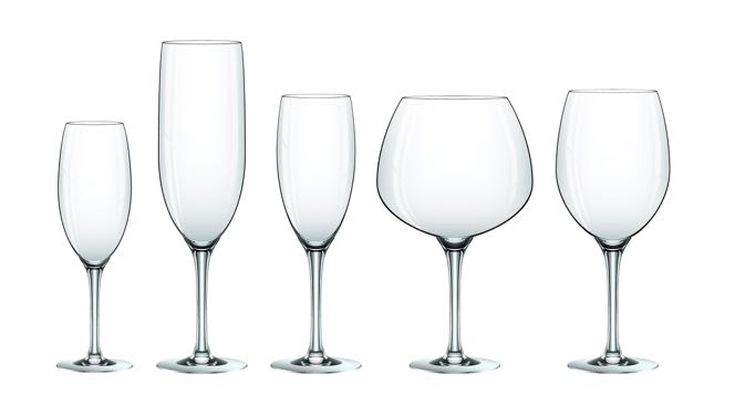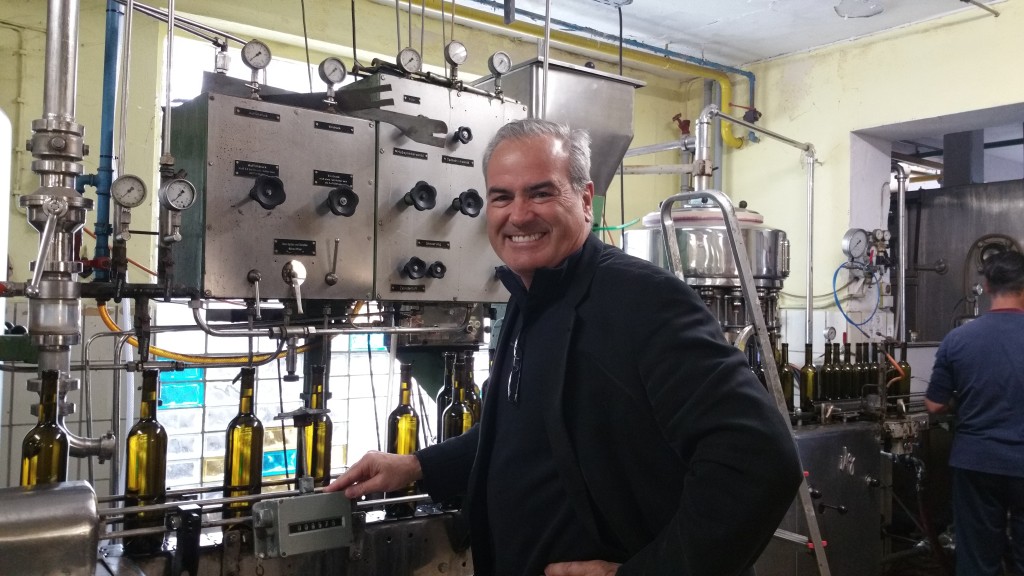There is a common misconception that wines that are sealed with corks are of higher quality than those crafted with screw caps. There is something romantic about levying a cork and hearing it pop when it leaves the mouth of the bottle. A millennia-old practice, it invokes visions of class, elegance, and ceremony. It’s an experience lost on us when we simply unscrew a cap, an act that is just as easy as opening a bottle of water.
Compared to the natural cork, which has roots traceable all the way to Antiquity, screw caps are a relatively new practice. First introduced in the 1950s, they were developed to combat the quality-related struggles of the traditional cork. In using aluminum with a polyethylene or tin coating, the screw cap is able to create an extremely tight seal, which prevents unwanted oxidization. The omission of a cork also removes the potential for cork taint and makes the bottle more resistant to extreme temperatures, since the screw cap will not expand or contract with the climate. Screw caps, according to a study conducted by Hogue Cellars, are the best method for preserving the bouquet, fruitiness, and character of the wine. Furthermore, the bottles with screw caps can be stored in any position, unlike the corked bottles, which need to be laid horizontally with a slight tilt forward so that the cork is always in contact with the liquid. If corked bottles are improperly stored, the cork can become weak, leading to air seepage and ultimately, bad wine. This situation is completely avoidable with screw cap bottles, which offer a better experience for both crafters and consumers alike.
Despite the pros associated with screw caps, countries known for their wine snobbery (the United States) are resistant to making a widespread change by ditching the cork (perhaps due to the aforementioned stigma.) Only about 30% of wines in the US are closed with a screw cap, a shockingly low number.
Still, as time progresses, the perks of using a screw cap are infiltrating the wine-making industry. The ability to maintain a higher amount of control over the product is attractive to wine crafters, and an increased, quality lifespan following their purchase is a large incentive for consumers.
Here at King Frosch, we like to embrace technology that allows us to continually provide you with the best wines we are able to offer. Though we love the romance of the cork, our market research and subsequent feedback indicated that there is a desire for the ease of opening a bottle without tools. We listened and switched approximately 50% of our wines to bottles with screw tops.
So, the next time you pass judgment on a wine based on the means of its closure, remember: even a century’s old industry is able to change for the better!













